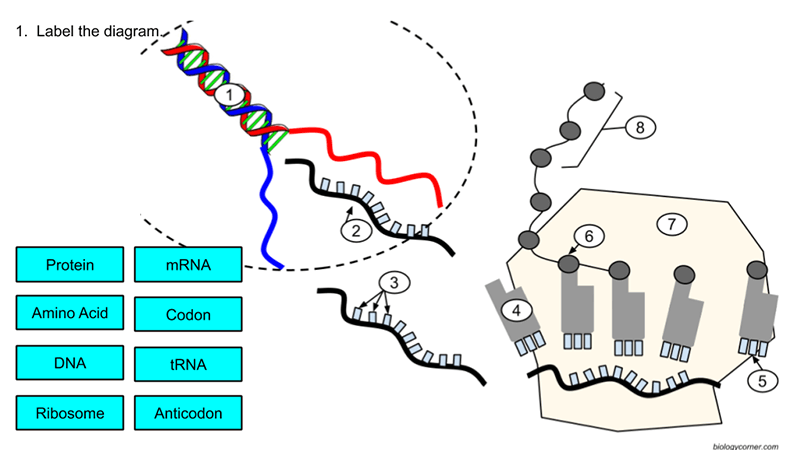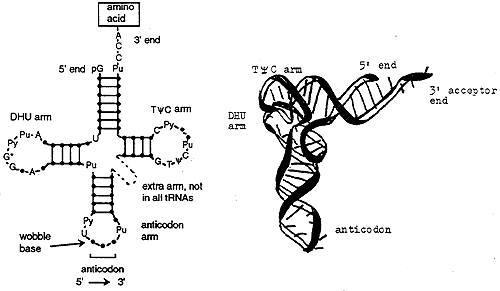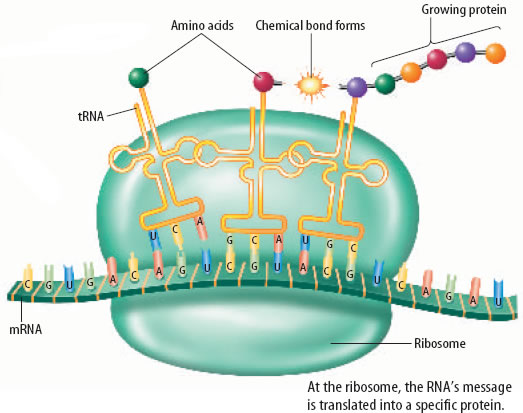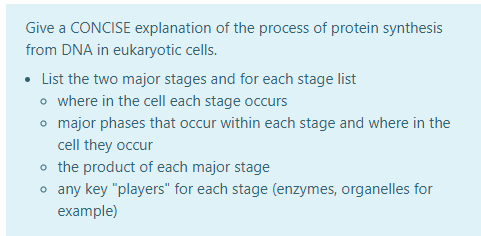Protein synthesis is the process by which cells create new proteins, which are essential for a variety of functions in the body. There are two main processes involved in protein synthesis: transcription and translation.
Transcription is the first step in protein synthesis and occurs in the nucleus of the cell. During transcription, the genetic information contained in DNA is transcribed or copied into RNA, a molecule that is similar to DNA but is single-stranded and made up of slightly different building blocks. The enzyme responsible for this process is called RNA polymerase.
During transcription, RNA polymerase reads the DNA template and synthesizes a complementary RNA molecule. This RNA molecule, called messenger RNA (mRNA), contains the same genetic information as the DNA template, but it is written in a different chemical language. The mRNA molecule is then exported from the nucleus and travels to the cytoplasm, where it serves as the template for protein synthesis.
Translation is the second step in protein synthesis and occurs in the cytoplasm of the cell. During translation, the information contained in the mRNA molecule is used to synthesize a protein. This process is carried out by ribosomes, which are small organelles found in the cytoplasm.
Translation begins when the mRNA molecule binds to a ribosome. The ribosome then reads the mRNA molecule in groups of three nucleotides, called codons. Each codon corresponds to a specific amino acid, and the sequence of codons determines the sequence of amino acids in the protein.
As the ribosome reads the mRNA molecule, it also adds the corresponding amino acids to the growing protein chain. This process is aided by transfer RNA (tRNA) molecules, which carry the amino acids to the ribosome and match them to the correct codons on the mRNA molecule.
Protein synthesis is a complex and highly regulated process that is essential for the proper functioning of cells and organisms. Defects in this process can lead to serious health problems, including genetic disorders and cancer. Understanding the mechanisms of protein synthesis is therefore important for the development of treatments and therapies for these diseases.







